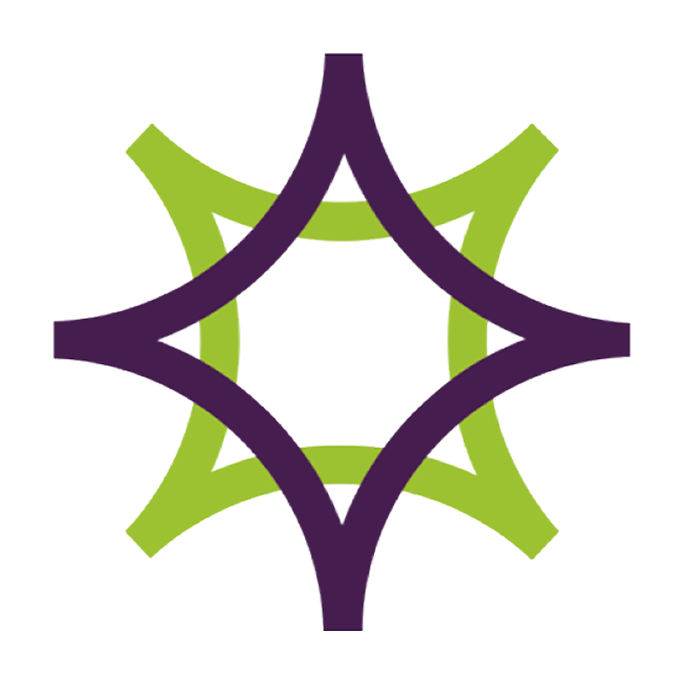The Long Age of Language
As a wordsmith, I have a fascination with the written word. It’s something that comes in handy in my role as Marketing Executive at Brouha. It’s strange to write both in your work and in your free time, but it means I’m drowning in language – and in thought. The following blog is a stem of thought that I’m trying to develop and elaborate upon, and I hope it provokes some thought amongst those who read it.
For as long as man has walked the earth, there has been language. Sure, it had its humble beginnings – some primal grunts and the odd cave painting – but it’s clear to see how far we’ve come. Cave paintings evolved into drawings, into tapestries, and from the ashes of the non-verbal, out came the poets: William Shakespeare, John Keats, Leonard Cohen… Shakespeare gave us the gift of language anew, changing the way we think and talk. Though this seed remains in our minds, language evolves with us; so, too, does the image.
The modern-day cave painters
Have you ever wondered why so much of the modern dialogue consists of acronyms, emojis and gifs? As a member of Gen Z, even I struggle to comprehend it. The way I see it, Gen Alpha may as well be speaking in tongues. I can barely imagine how older generations feel. We’ve all known a member of the older generation who’s tried – and failed – to ingratiate themselves into the modern way and use the odd acronym. It’s cringeworthy, but that’s understandable: it’s not natural to them. This, however, is the same as when an infant tries to draw within the lines, or when a teenager tries to swear.
Say it with words, say it with pictures
What even is language anymore? Is it the written word, or is it the image? Are they two sides of the same coin? After all, I could tell you I am happy, or I could send you a smiley face. Both, ultimately, convey the same thing, but one’s quicker. Efficiency is an important facet of this shift. Studies have shown that humans now have a lower attention span than goldfish. There is little time for poetry in a world that does not wait for it. There are too many forms of stimuli – TikTok, Instagram, X (formerly Twitter) – and these cater to our ever-decreasing attention spans. To communicate something in a minute time frame, or a minimal character limit, one’s language must be clear, and with maximum impact. This, perhaps, explains the shift towards emojis and gifs, which communicate thought and feeling with no room for interpretation. It’s strange then that, in a world that craves clarity, language causes so much confusion.
Selling speech
Language is a vital component in marketing. The role, in essence, boils down to this: what is the best way to say something? For years, this has been through sloganeering, through the careful stringing together of ideas with clever word choices. Gradually, we learn that the combination of imagery and the written word may more effectively convey an idea. Through experimentation with the written word, and through the combination of ideas and forms, we stumble across new means of expression. It’s just like a painter mixing colours on their palette and finding their new favourite colour. Remember: if cavemen didn’t carve figures into rock, we wouldn’t have Rembrandt, or Picasso, or Van Gogh, to name but a few.
Conclusion
The way I see it, it’s unclear where things will go next. Is language cyclical? Will we use language less and imagery more? It’s not impossible to imagine; as a writer, that’s scary. As with all in life, hopefully finding the right balance is the answer. This all leaves me with the question: do we lead language, or does language lead us?
Written by Toby Smith, Marketing Executive at Brouha


